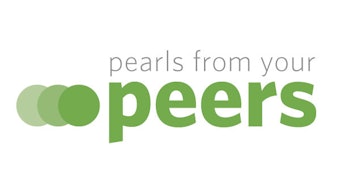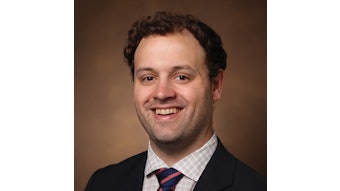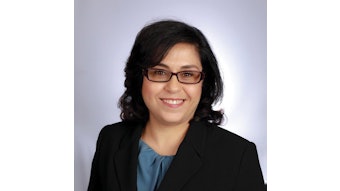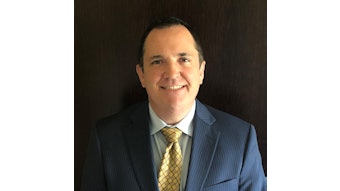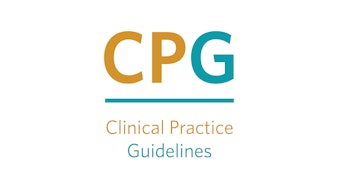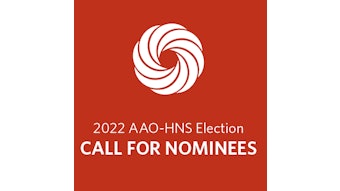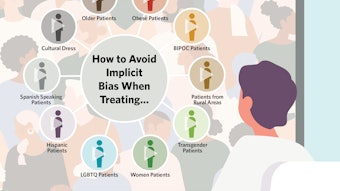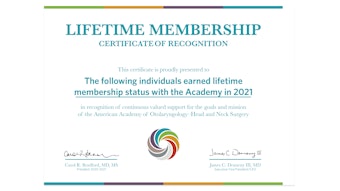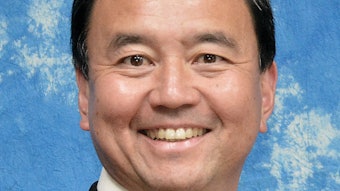Humanitarian Travel Grant: Medical Mission in Imus City
Marissa Schwartz, MD, shares her experience traveling to Imus City, Cavite, Philippines in 2020 with the Philippine American Group of Educators and Surgeons (PAGES).
Marissa Schwartz, MD
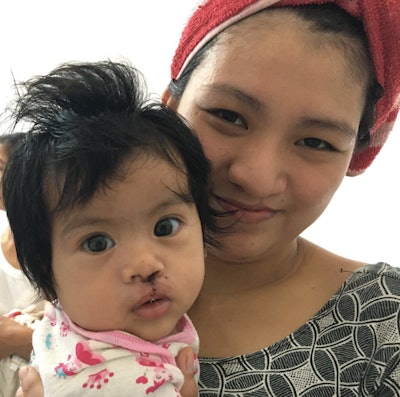
Cleft lip and/or palate (CLP) is one of the most prevalent birth defects, affecting approximately one in 700 births worldwide and nearly one in 750 in the Philippines.1,2 Obvious aesthetic defects, such as cleft lip, or functional deficits, such as those associated with cleft palate, can be devastating to patients and their families. Patients and families may feel ostracized from their community, often leading to economic burden as they become isolated and withdraw from productive society. Addressing CLP through international mission work is an important target to meet a global health need. Due to a lack of resources in the Philippines, only an estimated 16% of CLP cases are repaired. 2
During my trip, I worked closely with my fellowship director, Steven L. Goudy, MD, as well as many local and international anesthesiologists and surgeons to repair cleft lip, cleft palate, and velopharyngeal insufficiency. While the majority of our patients were young children, we also cared for several adults who had been living with craniofacial deformities for their entire lives due to the large disparity between the high cost of care and low socioeconomic status. One adult patient divulged that he dropped out of school at an early age because of the embarrassment of living with his birth defect. One patient of mine had a cleft lip repair by PAGES and brought her 3-month-old daughter to be cared for exactly as she had been over 20 years before. Her story encapsulated the profound impact PAGES has had on the community, as well as the importance of creating lasting, sustainable relationships in global health efforts.
Given that the timing of the trip coincided with the eruption of the Taal Volcano and the emergence of coronavirus in China, there was an even smaller presence of volunteer anesthesiologists and surgeons than in previous years to provide care for those patients who had been signed up for surgery weeks before our arrival. By necessity, my participation in this trip became more impactful than it would have been in prior years.
I am extremely grateful for the support provided by AAO-HNSF, which allowed me to pursue this formative experience. I met wonderful physicians from all over the world, developed meaningful connections with patients, and gained invaluable technical skills. I hope to continue to participate in international medical mission throughout my career.
References
1. IW Group. Prevalence at birth of cleft lip with or without cleft palate: data from the international perinatal database of typical oral clefts (IPDTOC). Cleft Palate Craniofac J. 2011;48(1):66-81.
2. Muntz HR, Meier JD. The financial impact of unrepaired cleft lip and palate in the Phillippines. Int J Pediatr Otorhinolaryngol. 2013;77(12):1925-1928.
3. Sharp HM, Canady JW, Ligot FA, Hague RA, Gutierrez J, Gutierrez J. Caregiver and patient reported outcomes after repair of cleft lip and/or palate in the Phillipines. Cleft Palate Craniofac J. 2008;45(2):163-171.


